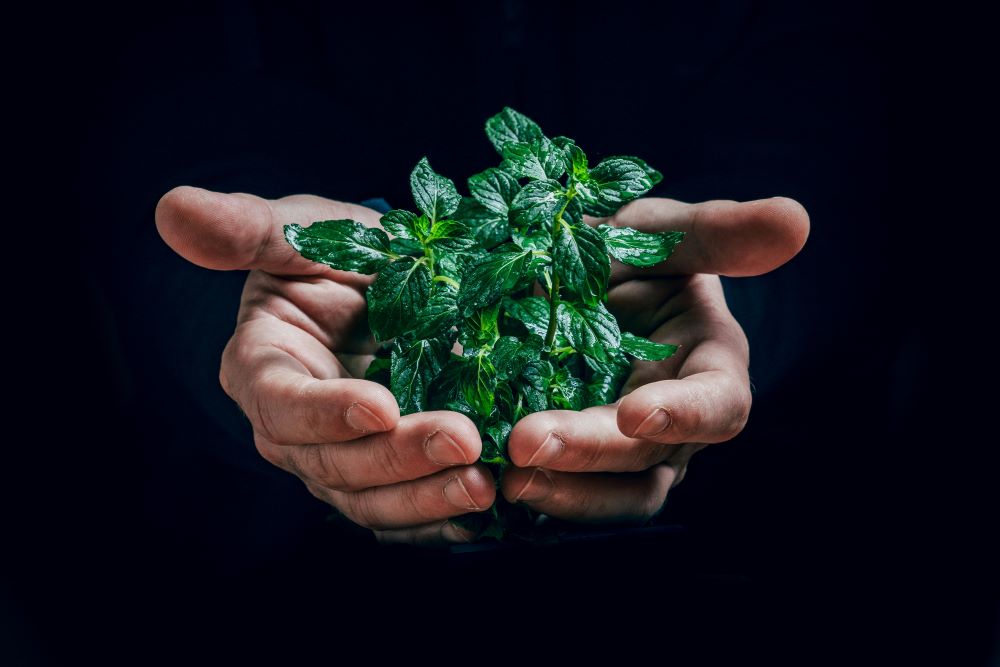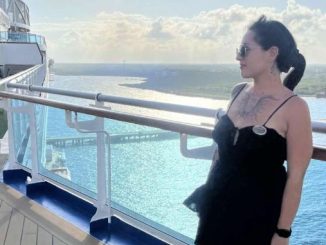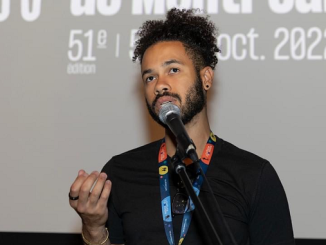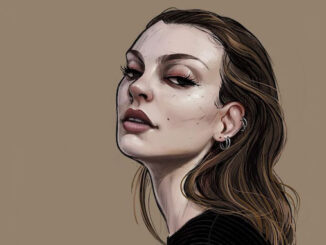Ecolab is an ecological exhibition that started in December with plans up to 2035 to make a difference in scientific and artistic culture. Run by the Society for Art & Technology, within the cultural industry, it’s creating conversations about climate, ecological, and cultural change. Its’ new and old innovative ideas bring awareness and social power to artists, the world, and the public through preservational methods for biodiversity. Using integrated arts and exhibitions, they are looking at the different ways that culture and ecology build our art and technology. Ecolab poses objectives like “How can performative help us reconnect with the land?” and “Scientific art is for environmental justice”, exploring a depth of the world and each other. From cultural to political humanistic measures, it generates prospective solutions.

Interdisciplinarily integrating these studies, the cross-theorized ideas present the necessary, encompassing realities of the studies of the world through effective dependence and interdependence. These create the methodologies for a better framework of culture, science, art, and humanity. Filmed, Ecosysteme states the underwater universe is, as they say, “not the world of silence” (consider World of Silence by Max Picard that proses similar ideas of nature, sound, and its’ self composure in harmony); particularly, “what we hear has a lot to tell.” The exhibition looks at the various waves in the sea creating its’ sound system. Likewise, Paralleles, which continues until April 1st, tells you about the mind and universe through microscopic and cosmic landscapes of realms of the mind and its imagination, memories and dreams. In 10 immersive short films, chosen by the Society for Arts and Technology, they integrate microscopy, reality, the universe, the world, and human culture as renowned ideas and philosophies. They strengthen the simple but complex relationship between all these things is nothing more than things like math, science, or natural thought.
The way these artists have engaged in and stated the core of the world, universe, mind, and the macro/micro-centered existence reflects a non-diverging nature of the living and being of things, including us. It integrates the connected aspects of the microscopic nature with the larger ideas of it, and the larger picture of life in general and its’ encompassing reality. The macroscopy addresses our realities and definitions of it; simplifying but also understanding the dense nature of the world, universe, and us. This exhibition is really high in scientific importance due to its mathemathicity and scientific nature research. We understand aspectual existence like lines and forms of shapes from things like waves in water, or sounds and their realities, and encompass one macroscopy, and one microscopy.
This ‘esse’, meaning essential nature, or essence, maintains a simple nature. It’s now most important to recognize this because of how complex it has seemed, and how distant we have been from the earth. What we end up relating it to and ourselves to, such as what we see and know, becomes everything to us from science to light to sound. These ideas are propositions at first to our created reality, but they are also the only reality to exist beyond us, and these ideas don’t come from us but remain factual and objective. The Nord project studies micro-macro Nordic biodiversity in northern Norway and the Arctic Circle, from rare animals and unknown territories, that they expressed through a geometric installation and elements of the architecture on buildings as scenery. This kind of detail of ecology through geological territories shows its’ intricate systems on all levels. From simple to complex ways, it shows how the various levels of biodiversity exists in both corresponding and non-corresponding measures from light to sound, shape to matter, or line to the terrain.
Exhibition: Entendez Ma Coleres shows the silencing of the world from the inhumanity that remains a constant. Similar to that, Environment & Emotions – When Art Transforms, presents an ecological phenomenalism between the emotions of and mental being with ecological art. They used ecological installations as an instrument of constant social projection. They want this to present itself as an important humanistic and environmental cause and expression. This environmental relationship recognizes the ways that we are relating to the world, altering what it is to use and be with the world.
Exhibition: Quand, C’est Maintenant is one of their poetic movements. Inspired by Poets for Science and Jane Hirshfield, they explored the relationship between poetry and science using street graffiti with live audio. They strike their own ideas to be seen in the world the same way that the city is meant to build power or movement. This street poetry is a movement integrating the visual and living aspects of life that both remain monumental. Poets for Climate is another that works with Climate Dialogues and the Climate Reality Project. This was also supported by the Climate Vunerability Forum, the Institute for Climate and Sustainable Cities (ICSC) and The Agam Agenda. “When is Now” is working with the Climate Reality Projects branches in the Philippines, Canada and Africa. There is also a poetry workshop that focuses on using languages’ poetic perspectives. These exhibitions reflect poetry as a linguistic measure to challenge the world in a cultural and ecological way in hopes to bring serious scientific change. It is a revolutionary thought to be promoting these things like poetry and language.
Laurence Beaudoin asks how the relationships that we have with land and each other can be expressed through performative arts. Showing her shared work over years, she exhibits how people and their art can have ecological connections in ourselves and the world. These projects all present situations inhibiting the action between people and culture and the larger society action at hand. Both momentarily and permanently sentimental, these project issues that stretch to a larger scale throughout Montreal, Canada, and worldwide with high goals in biodiversity preservation methods and ecological humanistic culture.
Quartier Des Spectacles: Nord Project
Ecolab 2: Culture & Ecology Meets




